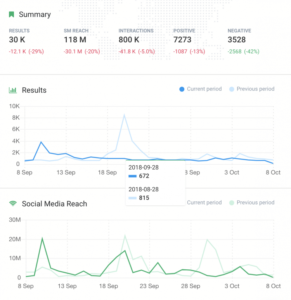Public Services
Accessible and affordable public services that meet the needs of residents. Public services can provide essential support to communities who are economically insecure, allowing them to build towards longer-term security.
Areas within Public Services that residents found to be most important for safety and thriving.
The following indicators are meant reflect the conditions underlying community safety and thriving.
Mental Health
Residents indicated that mental health was a major challenge in their communities, given the effects of intergenerational poverty, violence, and incarceration. Mental illness was commonly cited as a cause of violent crime making access to quality and affordable mental health services essential to individual and community safety.
Presence of mental health services
Responsible NYC/Gov Agency: MOCMH
Description: Number of subsidized mental health programs
Public Data Available? No.
Included in ONS Neighborhood Navigator: No.
Data Concern/Recommendation:
Public data should should be released on subsidized mental health programs.
Adult mental health status
Responsible NYC/Gov Agency: DOHMH
Description: % of respondents who cite “current depression” or “serious psychological distress”
Public Data Available? Yes.
Included in ONS Neighborhood Navigator: No.
Data Concern/Recommendation:
Public data should allow for more geographic precision and should be updated more frequently.
Youth mental health status
Responsible NYC/Gov Agency: DOHMH & CDC
Description: % of respondents who cite “current depression” or “serious psychological distress”
Public Data Available? No.
Included in ONS Neighborhood Navigator: No.
Data Concern/Recommendation:
Public data should allow for more geographic precision and should be updated more frequently.
Psychiatric hospitalization rate
Responsible NYC/Gov Agency: DOHMH/SPARCS
Description: Adult Psychiatric Hospitalization Rate
Public Data Available? Yes.
Included in ONS Neighborhood Navigator: No.
Data Concern/Recommendation: Datasets with calculations should be made public on NYC open data.
How residents talk about Public Services…
How do residents feel about Public Services?
[SAFE Lab Charts]
FAQ
Q: Is this data available?
A: All the data provided in the data explorer can be downloaded from the NYC Open Data Portal. All of the other data included as samples or recommended for data collection can be sourced from the NIS report but is not readily available.
Q: What are some actionable steps as a NYC resident?
A: First, we encourage you to review the NIS Safety and Metrics report. Second, encourage the relevant NYC agencies to improve data collection efforts, quality, frequency, and granularity. Third, hold government accountable around safety by pushing accountability across all agencies – every agency discussed has some role to play in co-producing safe and thriving communities.
Q: Who should I contact if I see errors or concerns in the data explorer?
A: Please email map@cityhall.nyc.gov with the subject “ONS Neighborhood Navigator Issue.” Someone from our team will get back to you 🙂
Q: When will the social media data be made available?
A: The SAFE Lab Social media tool is currently under research and development but will be made available in 2022. To keep up to date, please revisit this site for more information.
Feedback
Have questions? Want to get involved? Reach out to us via the following:
Email us at map@cityhall.nyc.gov
Follow us on Instagram @nycyouth
For press inquiries: contact our Press Officer at 646.343.6740
